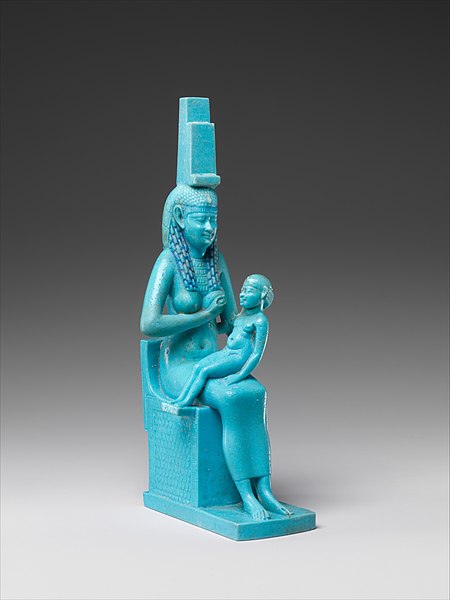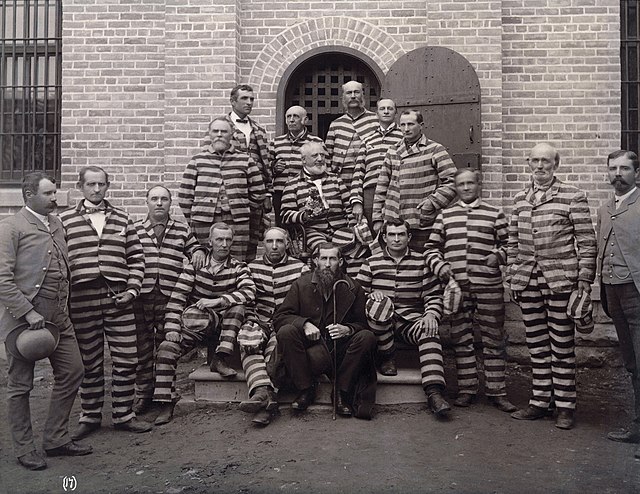A monochrome or monochromatic image, object or palette is composed of one color. Images using only shades of grey are called grayscale or black-and-white. In physics, monochromatic light refers to electromagnetic radiation that contains a narrow band of wavelengths, which is a distinct concept.
Black-and-white monochrome: the Eiffel Tower during the 1889 Exposition Universelle
Color monochrome: night-vision devices usually produce monochrome images, typically in shades of green.
A Philips branded digital audio player with a monochrome display and green backlight, common on older devices including mobile phones and handheld game systems
Image: Statuette of Isis and Horus MET DP241036
In color theory, a color scheme is a combination of 2 or more colors used in aesthetic or practical design. Aesthetic color schemes are used to create style and appeal. Colors that create a harmonious feeling when viewed together are often used together in aesthetic color schemes. Practical color schemes are used to inhibit or facilitate color tasks, such as camouflage color schemes or high visibility color schemes. Qualitative and quantitative color schemes are used to encode unordered categorical data and ordered data, respectively. Color schemes are often described in terms of logical combinations of colors on a color wheel or within a color space.
high contrast black-on-white text
Black-and-white prison uniforms
Fireworks over Miami on American Independence Day show the red, white and blue color scheme connoting the Flag of the United States. Bank of America Tower is also lit in the same color scheme.







